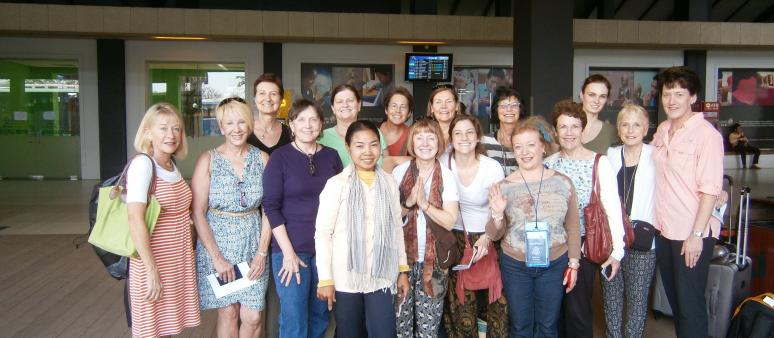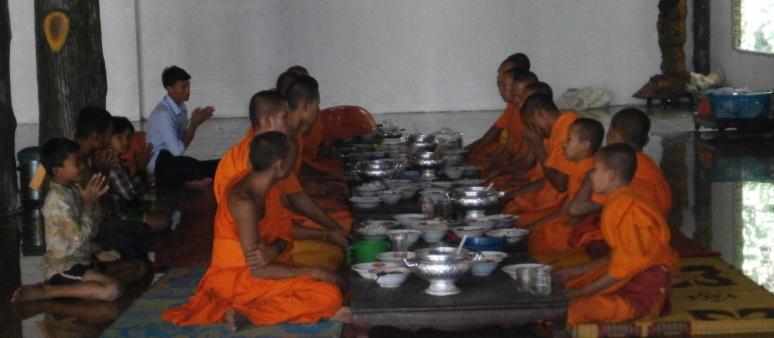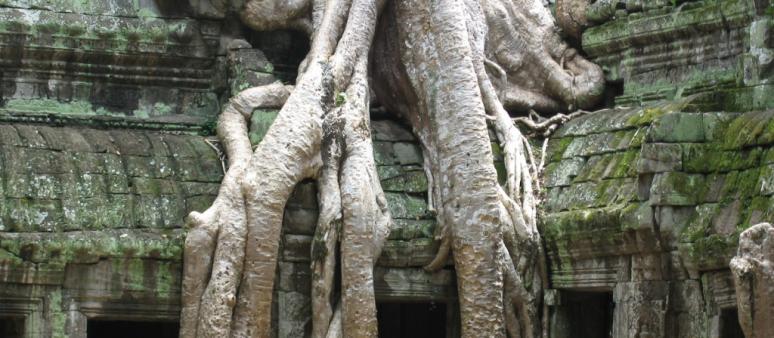One day tour
Day 1 visit Angkor Wat in morning, It was built by the Khmer King Suryavarman II in the early 12th century in Yaśodharapura, present-day Angkor), the capital of the Khmer Empire, as his state temple and eventual mausoleum. Breaking from the Shaiva tradition of previous kings, Angkor Wat was instead dedicated to Vishnu.
Architectural styles: Khmer (Angkor Wat style)
Location: Angkor, Siem Reap, Cambodia
Builder: Started by Suryavarman II Completed .
Bayon temple
Bayon (Khmer: Prasat Bayon) was built during the reign of the famous King Jayavarman VII from the late 12th century to early 13th century. Bayon is located in the heart of Angkor Thom capital city. A Buddhist temple, it is the last mountain temple that was built in the style of Khmer Arts and consecrated to this religion. The Bayon Temple is one of the most famous after Angkor Wat, and millions of tourists come each year to see it.
Taprom temple
Preah Khan temple is located in the Angkor Archaeological Park and is still largely unrestored. It is one of the larger temple complexes within the historic park. Preah Khan translates to “Holy Sword” in Khmer, named by Jayavarman VII in honor of his battle victory against the invading force of Chams, who belonged to a kingdom in what is now Vietnam, in the year 1191.
This majestic temple complex is surrounded by a moat, and its surface area stretches over a swatch of land that’s 800 meters by 700 meters, enclosing an area of 56 hectares. Its aesthetics are very similar to nearby famous Angkor temple Ta Prohm, with vegetation and trees seeming to swallow the ruins.







.jpg)

